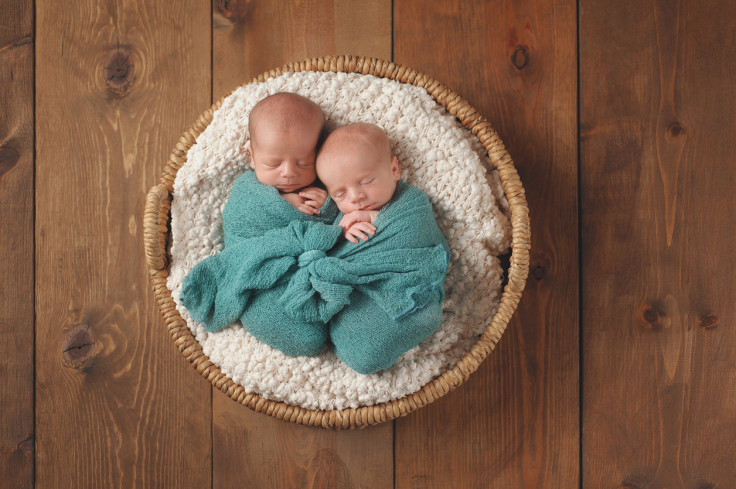Does IVF increase your chances of giving birth to twins?
IVF has helped many infertile couples but it increases chances of a multiple birth, with potential health risks.

Since the birth of Louise Brown in 1978, the first baby ever born following conception by in-vitro fertilisation (IVF), thousands of infertile couples have gone down this route.
To increase the chance of them becoming parents, doctors in the UK can transfer up to two embryos to women under the age of 40, and three embryos in the case of women older than 40.
This makes it more likely that the treatment will result in a live birth but also that they will end up getting twins or triplets. The probability of conceiving and giving birth to a multiples (twins, triplets and more) increases with the number of embryos transferred during IVF.
IVF techniques have been refined and improved overtime so the number of babies born as a result has increased in the last decades.
This has been observed with singleton births following IVF, which have more than quadrupled between 1992 and 2006, but the trend has also been seen with multiples births (twins or triplets).
The UK Human Fertilisation and Embryology Authority estimates that the number of women giving birth to multiple babies has more than trebled over the same period – from 664 women to 2,312 women. Data from 2006 also indicates that 23% of women who gave birth after IVF had twins or triplets.
Using more recent data, the professionally-led site One at a Time, which aims at reducing the risks of multiple pregnancies from fertility treatment, says that about one in six IVF pregnancies now result in a multiple birth. In contrast, natural conceptions of twins occur only in about 1 in 80 births. This means that today, after IVF, women are 11 times more likely to have a multiple pregnancy than if they had conceived naturally.
Health risks for mother and babies
The probability of a multiple birth is considered to be the greatest health risk of IVF for women. While being pregnant with more than one child can seem like a good thing for infertile couples, it is important to note that it can also increase risk of complications for the mother and the babies.
Risks for the mother during pregnancy include a higher risk or miscarriage, but also higher blood pressure and a greater risk of gestational diabetes –12% of women get diabetes compares to 4% of mothers who expect only one baby. The risk of pre-eclampsia – a condition characterised by hypertension and the presence of the proteinuria protein in urine – is also increased.
During labour and birth, a range of problems can also arise such as haemorrhage and anaemia. New mothers may be more at risk of mental health problems and post-partum depression when they give birth to one baby. Caesarean section delivery is more common in twin pregnancies.
For babies, the risk of being born prematurely and with a low birth weight is high. This can have a range of health and developmental consequences – on the short and long term – and can in the worse cases lead to the babies' death.
For these reasons, many clinicians argue that the aim of IVF should be a single healthy birth, rather than a risky multiple birth.
© Copyright IBTimes 2025. All rights reserved.




















